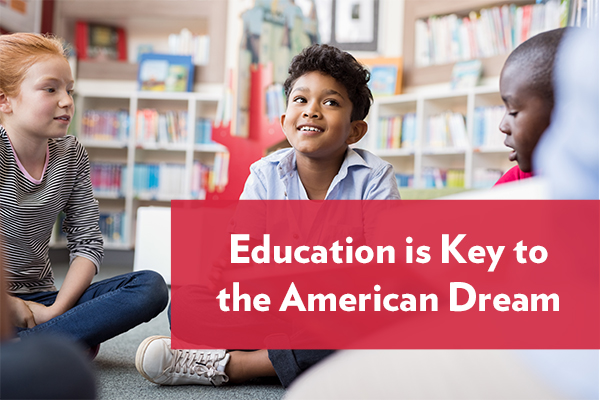Media

The Many Benefits of Tax Credit Scholarships
The Educational Improvement Tax Credit (EITC) and Opportunity Scholarship Tax Credit (OSTC) empower thousands of students with a high-quality education of their choice each year—and at a fraction of the price of public schools.
In 2017-18, the two programs awarded more than 52,000 scholarships across the state. With average scholarships of $1,800 for EITC and $2,500 for OSTC—compared to statewide average per pupil spending of nearly $17,000 in district schools—the programs are tremendous bargains for taxpayers.
Tragically, around 50,000 applications are denied each year due to government-imposed caps on the programs—despite businesses applying to donate millions more for scholarships.
That’s why the House recently passed HB 800, which will expand EITC to the many students currently denied and also institute a mechanism to keep pace with future demand.
During the floor debate on HB 800, Rep. Mike Sturla denied the financial benefits of the tax credit scholarships to districts—and the cost if the program went away.
Even if there’s going to be 50,000 kids back into the school system, it’s not like you need to build 10 new schools, with 5,000 kids in each school. They come in multiple grades. They come in 500 different public school locations, school districts, with multiple buildings. So you add one or two kids per classroom, and it doesn’t change the bottom line in that school or that school district one cent.
Rep. Sturla might want to take a look at the maps below to see the reality of the EITC and OSTC programs’ impact on counties. While it’s true that there were more than 50,000 scholarships awarded last year, it’s completely false to say you could add one or two kids per classroom if the programs went away.
In Rep. Sturla’s own Lancaster County, there were more than 3,000 scholarships awarded between the two programs in 2017-18. Given the location of scholarship organizations in Lancaster Co., it’s likely a majority of those students lived in the Lancaster School District. But even if they’re spread proportionately among the various districts, that would mean an additional 500 students—41 per grade level. Are we to believe the district wouldn’t seek more funds for an additional 500 students?
No matter how you slice it, the EITC and OSTC programs are tremendously beneficial:
- Parents and students are empowered to choose the school that fits them best.
- Taxpayers have saved more than $1 billion from the EITC alone.
- School districts lose no money and can spread their funds among fewer students.
- Businesses receive tax credits for donating to local schools.
- Communities can support a diversity of educational options, which could help attract families.
So many benefits, so little cost. It’s time to raise the limits on tax credit scholarships.